The International Day for Monuments and Sites, also known as World Heritage Day is celebrated every year on 18 April. First celebrated in 1983, this day signifies the importance of cultural heritage of our humanity. The day is observed to spread awareness about the efforts required for the conservation of heritage and its symbols. Our City of Destiny, like any other place on the globe, has a history to its name and proud symbols of its age old heritage. One such historical monument in Vizag is the Kurupam Tomb which is regarded as the city’s own Taj Mahal for the love story behind its birth. On the occasion of World Heritage Day, Yo! Vizag brings you the history of the famous Kurupam Tomb.
On the Beach Road at Waltair is the edifice known varyingly as Kurupam Tomb, Jnana Vilas, Prema Nivedana Rupam, and Gyanvilas or Taj Mahal of Vizag. It is nestled into a forgotten corner of the one-time sprawling Kurupam Estate that was once much of Uplands Waltair.
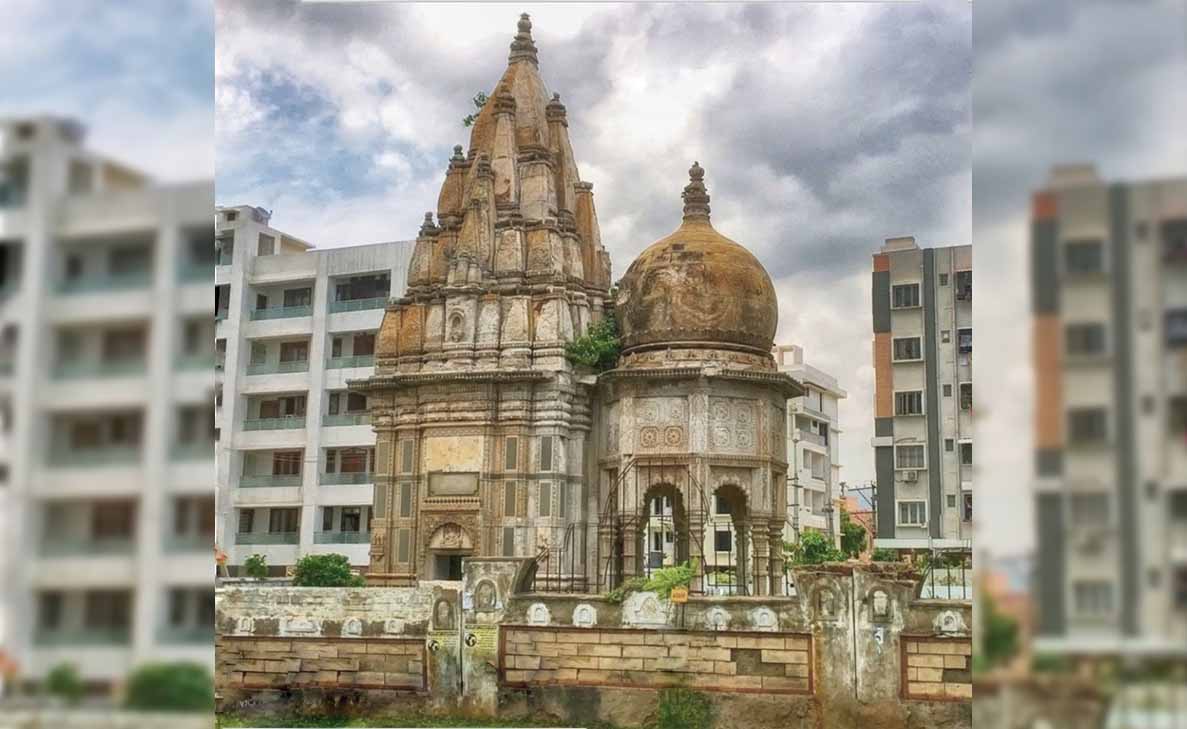
Undoubtedly, the monument is a striking architectural masterpiece in the memory of the young Rani of Kurupam who died in June 1901. Her grieving husband Rajah Vairicherla Veerabhadra Raju was an Indian aristocrat and politician, who served as the hereditary Zamindar of Kurupam from 1891, completed its erection in 1905. In 1895, the Rajah married the young Kumari Lakshmi Narasayamma Patta Mahadevi, second daughter of Maharajah Sir Goday Narayan Gajapathi Rao of Vizagapatam. After six years of marriage and three children, the Rani of Kurupam died of malarial fever at childbirth of twins who were also lost.
It is a myth to call the monument a tomb as, The Madras Mail of July 1901, reported on the grand funeral and cremation that was conducted for the Rani. …’The cremation took place at 12 noon on the grounds adjoining the residence of the Rajah at Waltair. Hundreds of people from Vizagapatam, Alipore and Waltair turned out to witness the ceremony. The Rani’s body was dressed in the costliest of silks and was carried through the streets on her white landau drawn by four horses. The ceremony was carried out by the Rajah with the help of Brahmin priests.’ The monument is more likely to be the sacred site of the cremation and not a tomb.
Like the Taj Mahal, the monument was intended to be an enduring symbol of love and devotion. Its striking mix of Mughal, Rajasthani, and European architectural features is akin to the temple design and stone workmanship of other Indian monuments. The south-facing sandstone monument has a lime rubble core, raised on a high plinth. The structure is approximately 9m in length and 7m in breadth comprising a shikhara that encloses the sanctuary, and an octagonal, six pillared porch surmounted by a Mughal dome provided an elaborate canopy to house a marble effigy of the Rani. Decorative motifs such as oriental flower-creepers, acanthus leaves, geometric designs, high relief carving of Hindu Ashta Lakshmi and Dasavatar deities embellish the external walls, columns and plinth.
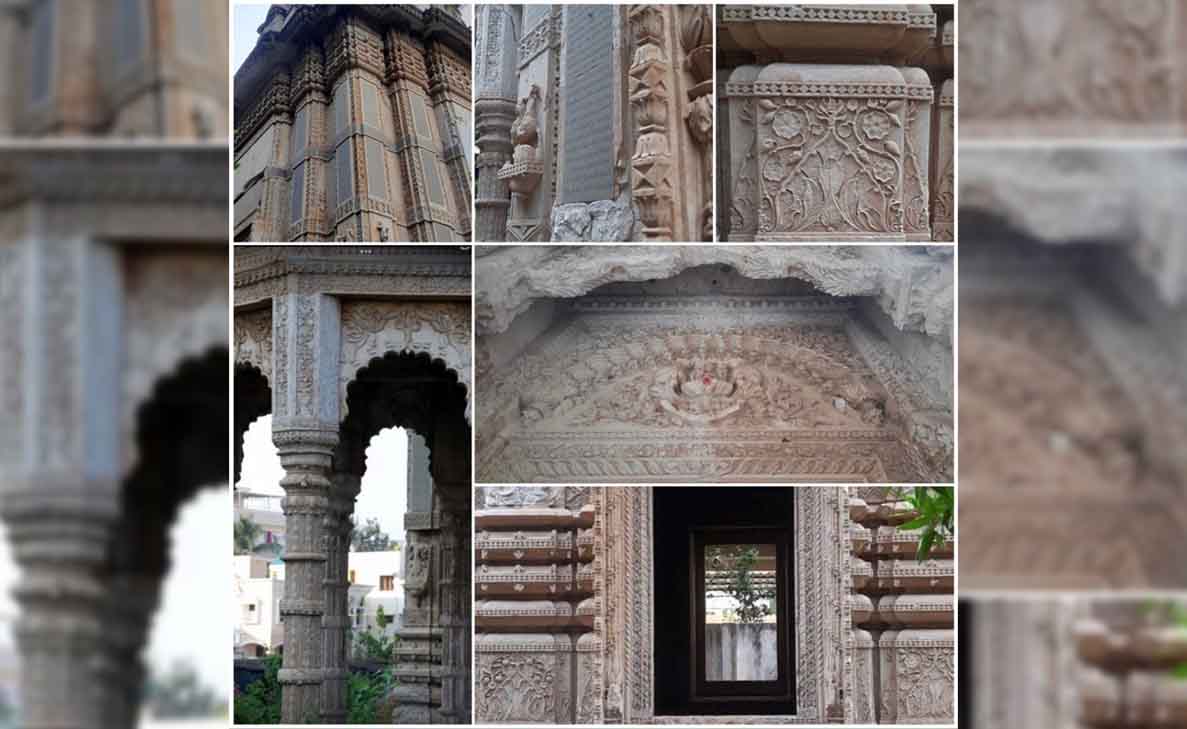
‘Vizagapatam Blue’ granite inserts adorn the outer four sides of the shikhara. English poetic inscriptions on them praise the love and devotions of the late Rani. One English inscription is quoted as saying…’ here lies the body of my dearest Lakshmi and the heart of Veerabhadra Raju’. Inside the sanctuary are Sanskrit shlokas of the Bhagavad Gita in the Telugu script.
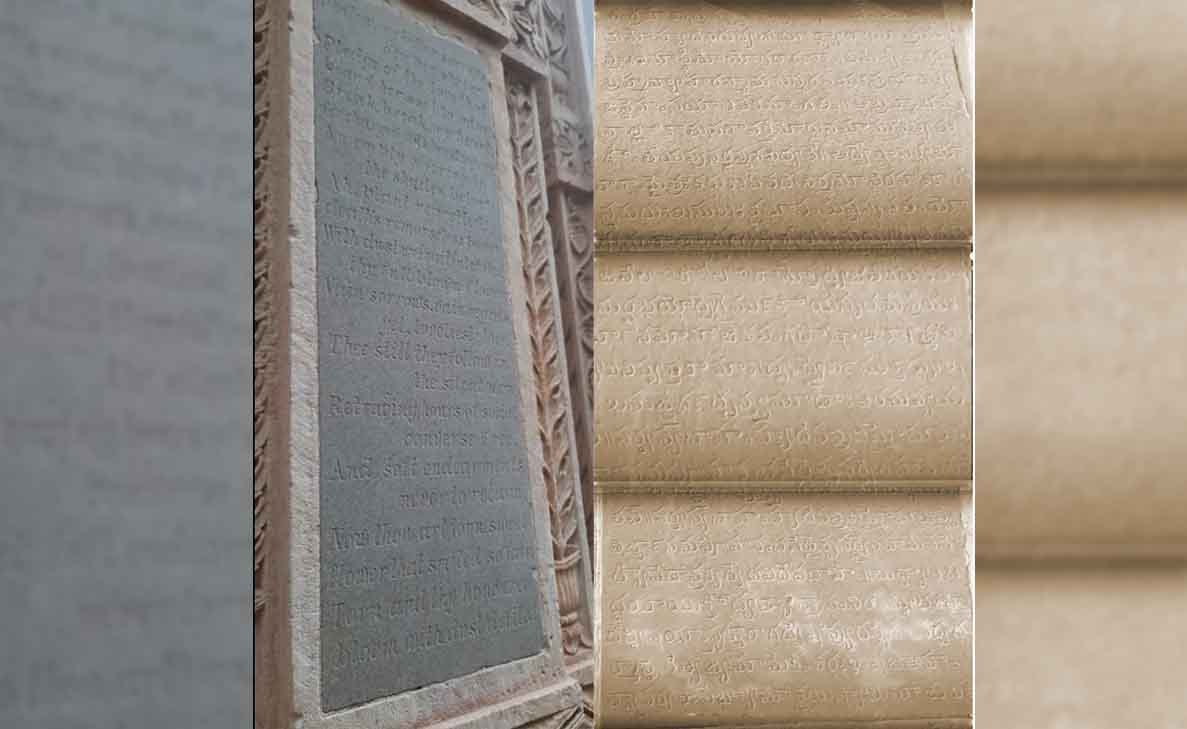
It is no myth that the Rajah commissioned a 2-1/2 foot (76 cm) marble memorial to be housed under the monuments canopy. It is a myth that the legendary Indian painter of the 19th century, Ravi Varma, was commissioned to sculpt this marble. In the well documented history of Ravi Varma works, including his oil on canvas of the Rajah and Rani of Kurupam, there is no evidence to indicate that Ravi Varma had any sculpting skills or produced a single piece of such work. The whereabouts of this marble memorial is a mystery as some claim it was stolen, or it was blown over and damaged in the cyclone of 1923 that washed away buildings in Waltair, or removed to provide a movie set for the Telugu movie Nalugu Stambalata in 1982, or is in the safe-keeping of the Kurupam family.
In 2004, the Visakhapatnam Urban Development Authority (VUDA), in a rare show of heritage leadership, decided to obtain the support of the District Tourism Development Council chaired by the Collector Sunil Sharma for maintenance of the Kurupam Monument from the Indian National Trust for Art, Culture and Heritage (INTACH). VUDA had received Rupees ten lakhs for the beautification of the surroundings of the tomb from the tourism council, and INTACH also received Rupees ten lakhs for its restoration with the help of its experts and the expert stone craftsmen from Raghurajpur, who successfully restored the damaged monument. This is no myth as the stonework shows the fine lines of definition that was a result of this delicate restoration. The mystery is, why the upkeep of the monument has been neglected since.
The urban creep of high-rise property development on the Kurupam Estate in Waltair has surrounded and isolated the monument. Vandals, vagrants and drunks have desecrated, painted graffiti, posted bills and damaged some of the monument. Lush vegetation has overgrown into some of the stonework and there are now signs of substantive deterioration. Some supporters of the monument have agitated for property redevelopment zones and heritage classifications in 2011, but the Kurupam great-grandchildren Kishore Chandra Dev and Pradeep Chandra Dev, as current descendants of the Kurupam family, have asserted that the monument is not a heritage site, but ancestral private property of the Kurupam Zamindari family.
Over the years, urban myths have evolved about the monument and, against the Kurupam family wishes; many an organization has unsuccessfully attempted to influence its upkeep.
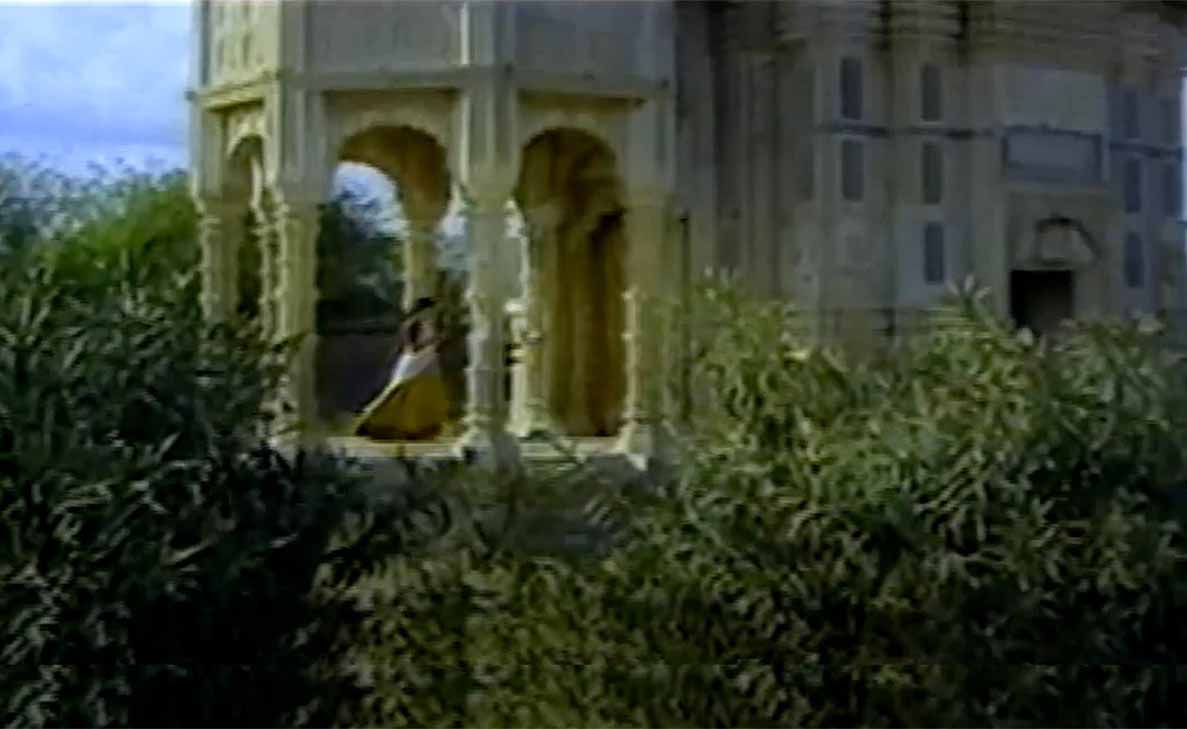
What is no longer a myth is that the monument was the tomb of the Rani and more likely her spiritual resting place.
What continues to be a myth is that it is Vizag’s Taj Mahal so why is it so neglected?
What is a mystery is the disappearance of the sculptured marble memorial of the Rani, where could it possibly be? Is it another Lost Treasure of Vizag?
What is not a mystery is what time and the elements will do to damage the structure that is already showing signs of severe deterioration.
Should you have an anecdote or history on Vizag, the author would appreciate you contact him on jcastell@ozemail.com.au
Written by John Castellas whose family belonged to Vizag for 5 generations. Educated at St Aloysius, migrated to Melbourne, Australia in 1966, former General Manager Engineering at Boeing & Qantas Airways, in retirement Lecturers in Aviation Management at Swinburne University and is a Vizag aficionado.
Let us know in the comments section how much you liked the history of Kurupam Tomb and stay tuned to Yo Vizag for more!


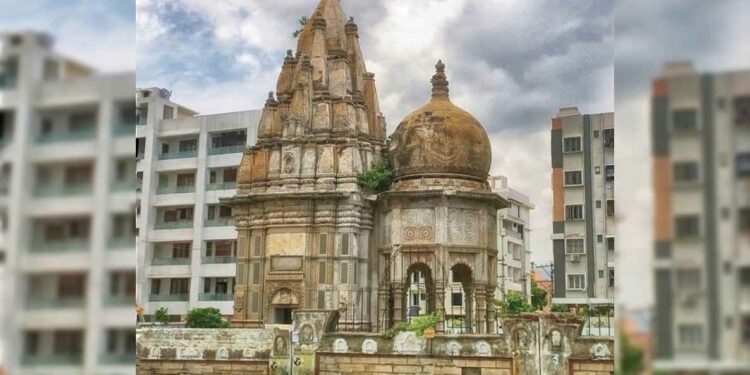







Discussion about this post